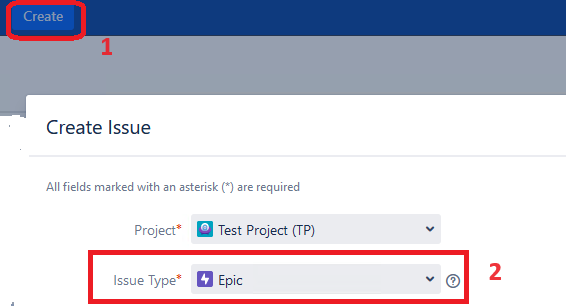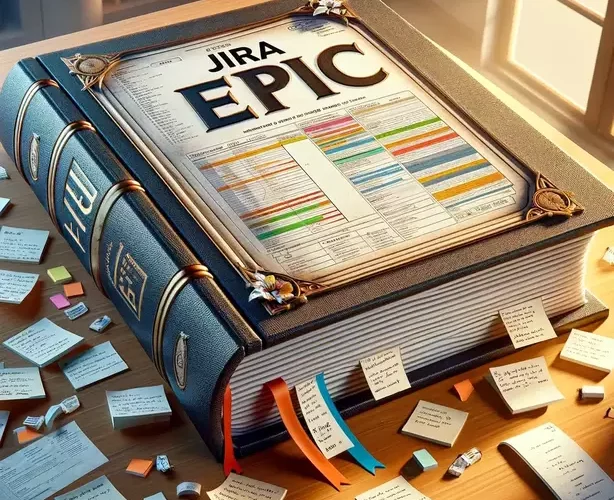Table of Contents
An epic in Jira is a high-level work container in agile project management, primarily used in the context of software development. It represents a significant body of work that can be broken down into smaller tasks, known as “stories” or “issues.”
If you’re new to Jira or project management, think of an epic as a big chapter in your project’s storybook. It’s a large task that’s too big to tackle all at once, so it’s broken down into smaller, more manageable pieces.
This article will guide you through the concept of epics in Jira, tailored for individuals with limited or no prior understanding of the subject.
What is a Jira Epic?
An epic in Jira is akin to a large folder that contains related user stories. It is a substantial, usually complex work item that spans across multiple sprints or even agile boards.
In agile project management, epics play a crucial role. They help teams to focus on the bigger picture while also allowing them to break down large goals into more achievable tasks. This breakdown helps in better planning, tracking progress, and adapting to changes.

Characteristics of an Epic:
- Broad Focus: Epics are broad in scope. Unlike a specific task or a small feature, an epic covers a significant area of the project.
- Longer Timeline: They typically span multiple sprints (a sprint is a set period during which specific work has to be completed and made ready for review).
- Flexibility: As projects evolve, epics can be adjusted to accommodate changes in project direction or scope.
| Feature | Epic | Story | Task |
|---|---|---|---|
| Scope | Large project phase | Single feature | Specific action |
| Breakdown | Contains stories | Contains tasks | Direct actions |
| Example | Develop a new website | Add a login page | Code the login button |
Why Use Epics?
- Improved Organization: By grouping related stories, epics help keep the project organized.
- Better Planning: Epics enable teams to plan work over longer periods effectively.
- Enhanced Tracking: Tracking progress at the epic level provides a high-level view of project health.
Epics in Jira provide structure, facilitate better planning, and help in tracking the overall progress of large-scale projects.
How to Create and Manage Epics in Jira
Creating an Epic:
- Navigate to your Jira dashboard.
- Select “Create” and then choose “Epic” from the issue types.
- Fill in the details like Epic Name, Summary, and Description.

Managing Epics:
- Roadmaps: Use Jira roadmaps to visualize the progress of epics over time.
- Board View: Monitor the status of stories within an epic on a Kanban or Scrum board.
- Epic Burndown Chart: Track the completion of work in an epic.
Example Scenario: Imagine a project to develop a new mobile application. The epic could be titled “Mobile Application Development,” encompassing various stories like “Design User Interface,” “Implement Login Functionality,” etc.
Best Practices for Using Epics in Jira
- Define Clear Objectives: Ensure each epic has a well-defined goal and outcome.
- Regular Updates: Keep the epic and its stories up to date for accurate tracking.
- Limit Work in Progress: Avoid having too many active epics at once to maintain focus.
| Do’s | Don’ts |
|---|---|
| Break down epics into manageable stories | Overload epics with too many stories |
| Regularly review and adjust epics | Ignore the progress of stories in epics |
| Align epics with overall project goals | Create epics without clear objectives |
Epics in Jira are instrumental in organizing large-scale projects by grouping related tasks into meaningful segments. Understanding and utilizing epics effectively can significantly enhance project management efficiency and clarity.
Remember, the key to mastering epics is to start with a clear vision, break down the work logically, and constantly monitor and adapt your approach.
